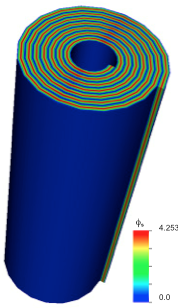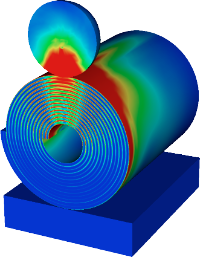Battery Markup Language (BatML) Standard
Executive Summary

As part of the CAEBAT (Computer Aided Engineering for Batteries) activities, ORNL is tasked with defining input standards that can be that can be utilized by the different software platforms to define all the components pertinent to batteries. This will enable end-users to define batteries in an open format and access different software options based on the merits they offer without the arduous task of migrating input decks from one software to the next. The goals of the open standard are to:
- exploit the hierarchical nature of batteries,
- enable development of Common set of tools to process, visualize, and analyze the input data,
- enable user-friendly GUI and web enabled tools to generate input files,
- enable translation back and forth to various other native formats,
- enable error checking, etc.
Given all these requirements, we have chosen XML as the preferred type for the input instead of plain text (without markup). The current schema specification is the result of several internal and exernal reviews about the best way to describe the battery input in a hierarchical manner that reflects functional components of batteries.

We invite continuous review of this structure so feel free to send feedback. Once the overall structure is agreed upon, specific battery details and in-depth error checking will be added. If you are new to XML, you can click on the tabs above to get some background on XML and schemas. There are also tabs where the actually battery schema (and associated schemas we are leveraging) to download along with an XML input deck (with cooked up numbers) to provide you with an example file for how the XML input deck would look like. The important thing is to look at the structure and weather it will accomodate your demands.